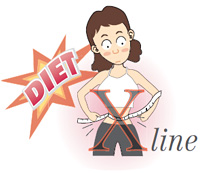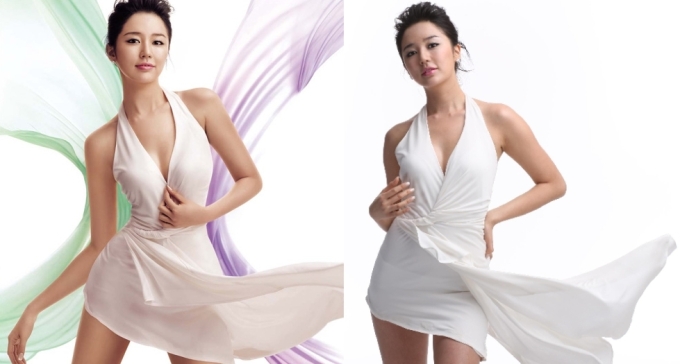 (Source: Munhwa Ilbo)
(Source: Munhwa Ilbo)
Alas, this brief article from today’s Munhwa Ilbo isn’t exactly a scathing critique of Korea’s body-labeling craze, and I don’t mean to imply that there aren’t much more substantial ones out there. But still, it’s good to be quickly reminded that perhaps “V-lines” aren’t as necessary as pop-culture icons would like us to think (e.g., see ZE:A in Brazil below), and I hope the photo makes it to the front page of major Korean portal sites.
See here or here for better quality versions, or here and here for pictures of the 1957 and various 1970s contestants respectively.
60년대 미스코리아는 ‘V라인 아닌 건강미’ / In the 1960s, Miss Korea Had a Healthy Beauty, not a V-line.
‘미인’의 기준은 문화와 관습에 따라 다르지만 시대에 따라서도 변합니다.
The criteria for a beautiful woman depend on time, culture, and customs.
사진을 보면 1960년 미스코리아 선발대회에 나온 여성들은 건강미가 넘쳤습니다. 당시에는 서구적인 마스크를 선호했다고 하죠. 1980년대 이후 한동안 도시형 미인이 인기를 끌었고, 요즘은 ‘V라인’의 작은 얼굴과 뚜렷한 이목구비가 대세라고 합니다. 성형미인도 많아졌고요.
If you look at this photo of the 1960 Miss Korea contest, you see women overflowing with healthy beauty, [even though] it is said that people preferred Western masks [looks?] then. [But] from the 1980s, for a while urban beauties were preferred, and these days having a V-line and distinct facial characteristics are huge trends. There are many cosmetic surgery beauties.
1957년 시작된 미스코리아 선발대회는 초창기 큰 인기를 모았습니다. 공중파 TV를 통해 전국에 생중계됐고, 수상자들은 카퍼레이드까지 하며 미를 뽐내기도 했었죠. 그러다 여성단체 등의 ‘성상품화 조장’ 반발로 2002년 이후 공중파에서는 중계를 하지 않고 있습니다.
 (Source: Yufit)
(Source: Yufit)
Starting in 1957, from the beginning the Miss Korea contest was very popular. From being shown live on TV, to winners taking part in car parades, their beauty was shown off. However, later women’s groups denounced it as promoting sexual objectification, and from 2002 it was only allowed to be shown live on cable.
예전에는 미스코리아 선발대회를 통해 연예계로 진출하는 경우도 많았지만 요즘은 오디션 프로그램 등 연예계로 나설 방법이 다양하게 생겨났습니다. 그래서인지 대회의 인기가 예전만 못합니다.
In the past, there were many cases of Miss Korea contest participants entering into the entertainment industry through the competition, but these days there are a variety of audition programs that provide the same opportunity. Because of that, the contest can’t reach the level of popularity that it enjoyed in the past. (End.)
Update: Here’s a video of the 1981 to 2008 winners. As one of the commenters on YouTube put it, it’s interesting to see how much their faces seem to change from the late-1990s onwards.





 Three out of four female college students consider X-line, a term referring to a slim waist with ample breasts and hips, to be the ideal body shape, according to a survey by
Three out of four female college students consider X-line, a term referring to a slim waist with ample breasts and hips, to be the ideal body shape, according to a survey by 

